Polar bears are one of the most recognisable symbols of the climate crisis.
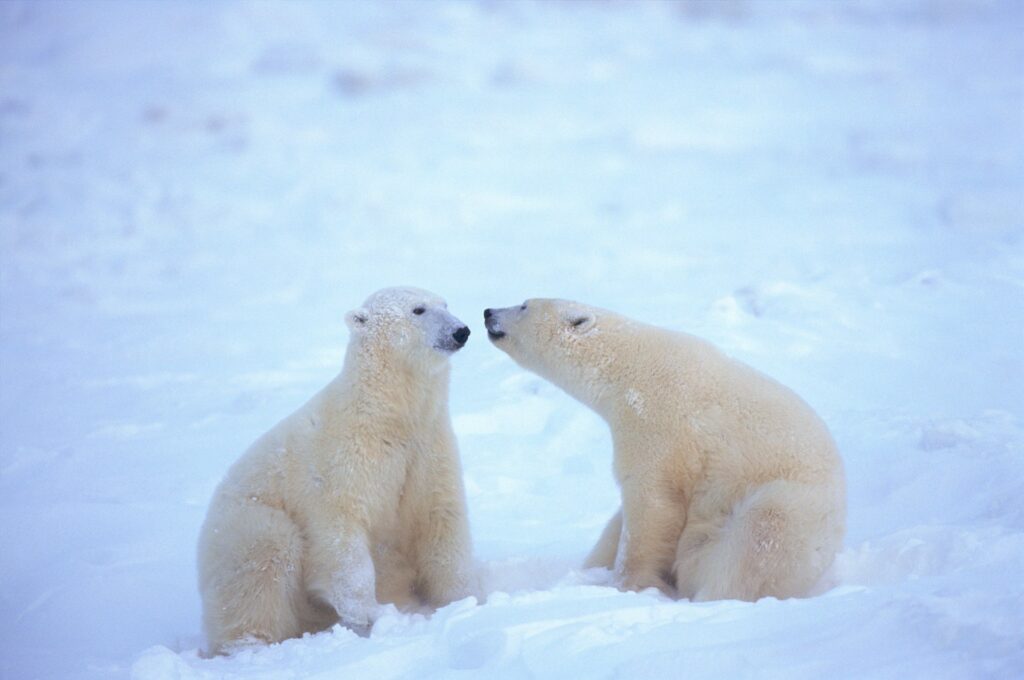
As sea ice disappears at an alarming rate, these powerful predators are being pushed closer to the brink. But what exactly is being done to help them? The answer is complex (and not always encouraging) but there are efforts underway on several fronts to try and change the trajectory. If you want to know more about the current state of polar bear conservation, the threats they face, and what’s being done to try and safeguard their future, read on—we’ve got you.
Why polar bears are in danger
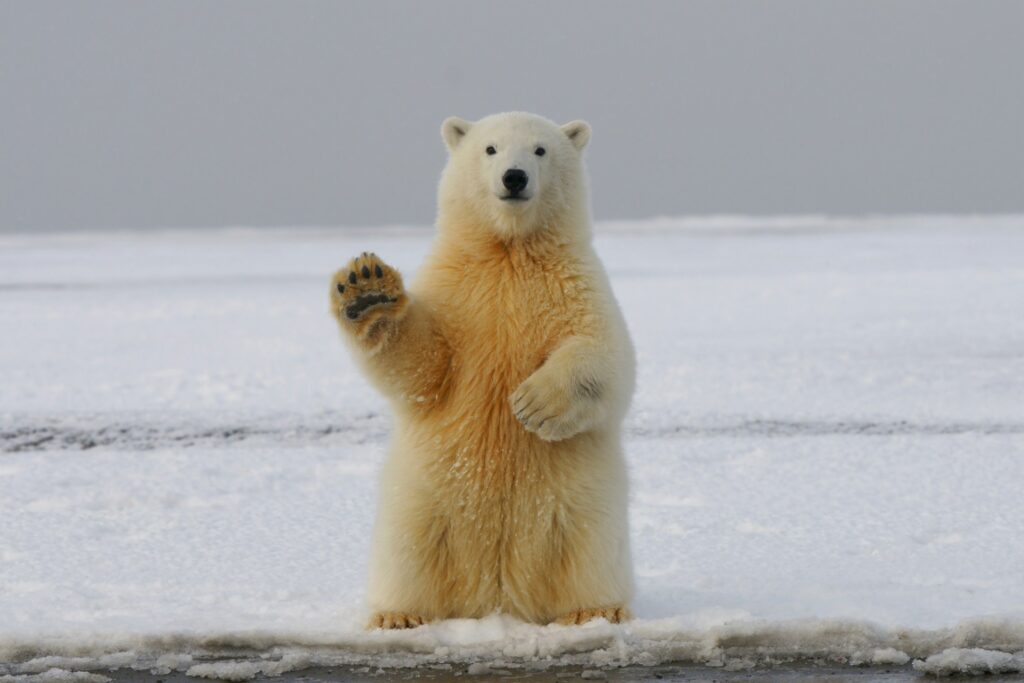
Polar bears rely on sea ice to hunt seals, rest, and breed. As the Arctic warms, that ice is melting earlier in the spring and forming later in the autumn, giving them less time to feed. Many bears are now forced to travel longer distances, expend more energy, and rely on land-based food sources that don’t meet their nutritional needs.
According to the IUCN Red List, polar bears are classified as “vulnerable,” and current estimates suggest there are between 22,000 and 31,000 polar bears left in the wild. Some populations are declining more rapidly than others, particularly those in the southern parts of their range.
Climate change is the biggest threat, but it’s not the only one. Pollution, shipping, oil exploration, and human-bear conflicts are all growing concerns.
What’s being done?
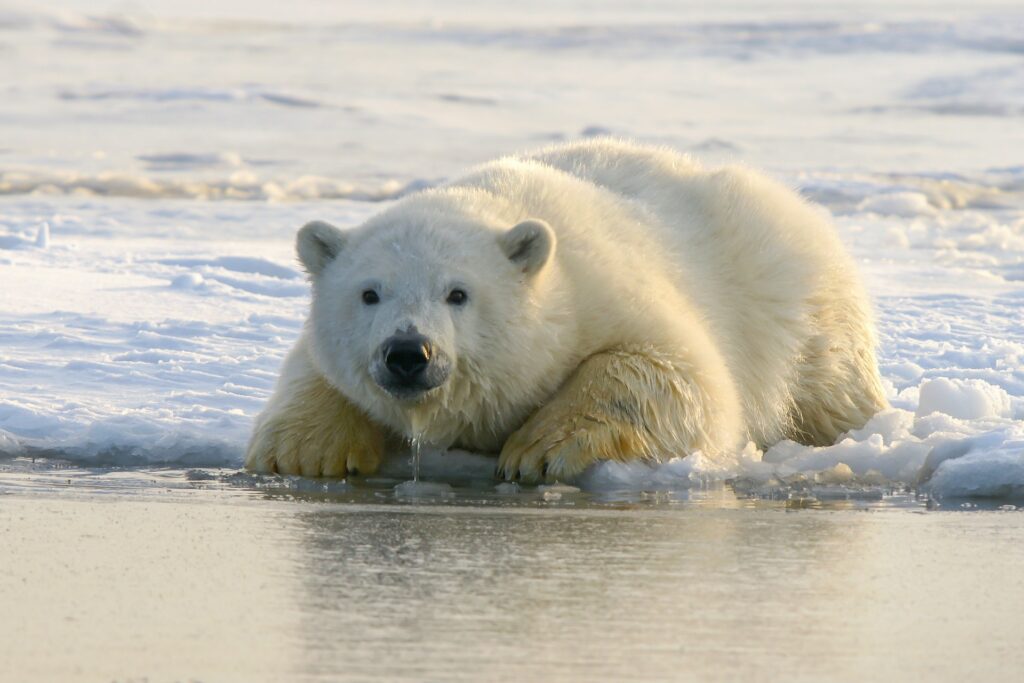
While it’s scary to think that without quick intervention, polar bears could soon be extinct, there are many things that are being done to not only preserve the animals that are here, but to boost the population and protect their environment so that they can continue to thrive for a long time to come.
International agreements and protections

Polar bears are protected under several international frameworks. The 1973 Agreement on the Conservation of Polar Bears, signed by Canada, Denmark (for Greenland), Norway, the USA, and Russia, commits these countries to protect polar bear habitats and manage hunting responsibly.
The species is also listed under the Convention on International Trade in Endangered Species (CITES), which restricts trade in polar bear parts. These agreements have helped manage direct threats like overhunting, but they’re limited in their ability to tackle climate change—arguably the most pressing threat of all.
Monitoring and research

Tracking polar bear populations and understanding their behaviour is vital for conservation. Organisations like Polar Bears International and the U.S. Geological Survey use satellite collars, drones, and field observations to monitor how bears are coping with shrinking ice.
This data helps scientists understand changes in movement patterns, reproductive success, body condition, and survival rates. It also helps predict which populations are most at risk and informs decisions on how best to protect them. You can learn more about this work from Polar Bears International, which has some great suggestions.
Habitat conservation
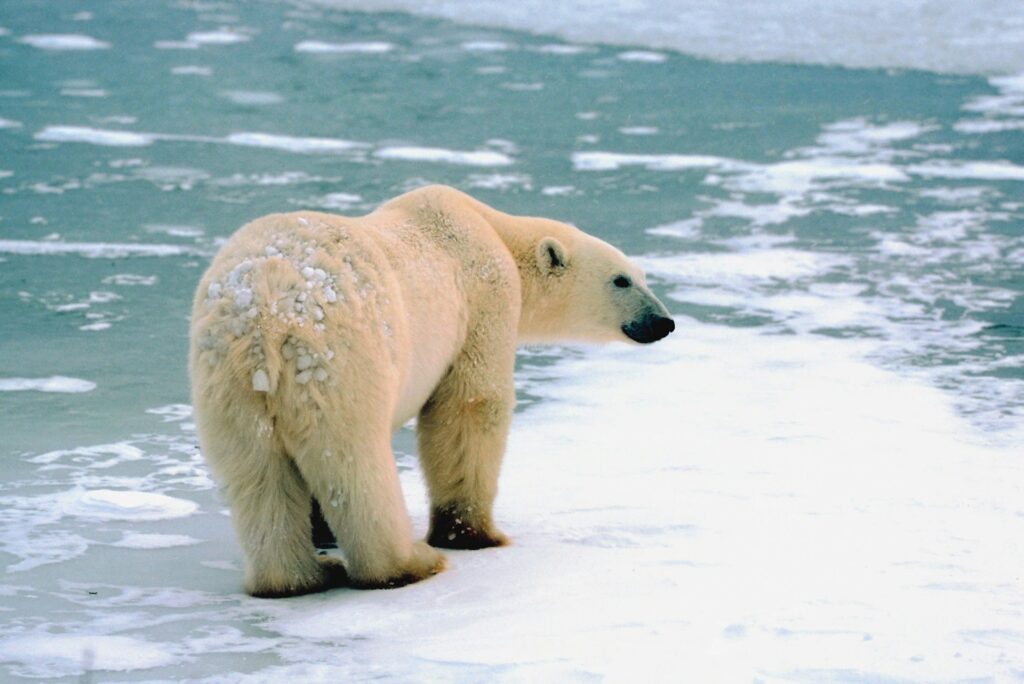
While protecting sea ice itself means addressing climate change globally, some efforts are focused on minimising human-related habitat disturbance. That includes limiting industrial activity (like oil and gas drilling) in key polar bear regions and regulating shipping traffic to reduce the risk of spills and noise pollution.
In the United States, the Marine Mammal Protection Act and the Endangered Species Act offer legal tools to challenge development projects that threaten polar bear habitat. In Canada, the federal Species at Risk Act provides similar protection.
Reducing human-bear conflict
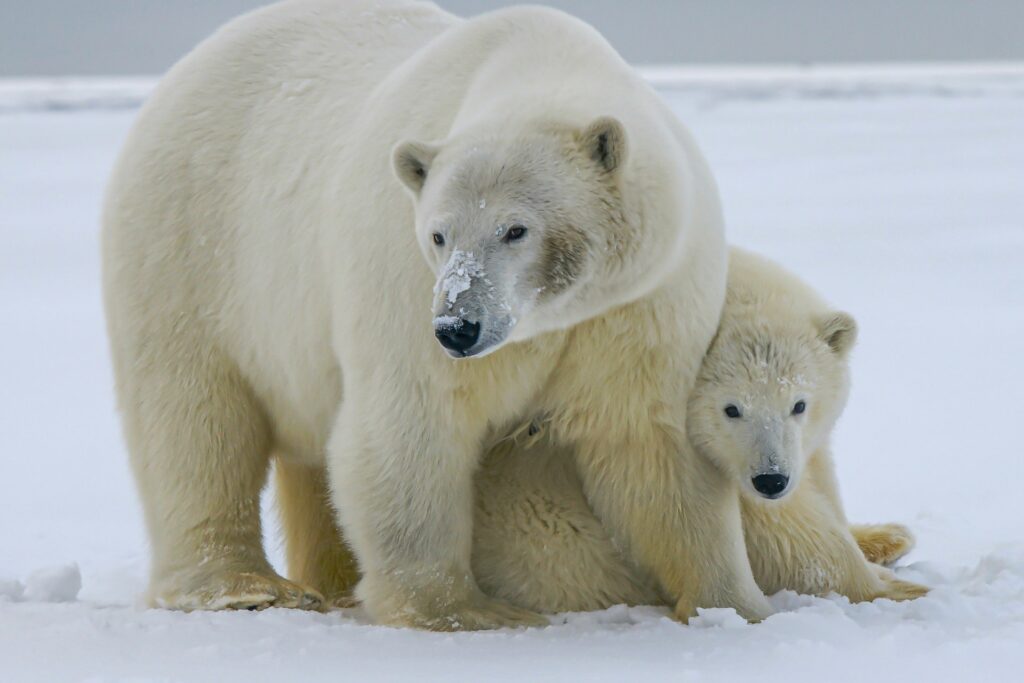
As polar bears spend more time on land, they’re coming into closer contact with communities in the Arctic. This can lead to dangerous encounters—for both people and bears.
Several initiatives focus on helping communities avoid conflict, including:
Bear patrols that monitor for approaching bears and safely deter them.
Bear-safe storage of food and waste to prevent attracting bears.
Community education on how to stay safe and avoid lethal interactions.
Organisations like the World Wildlife Fund (WWF) support these programmes in places like Churchill, Canada—a town often dubbed the polar bear capital of the world. Read more about their efforts here.
Climate action advocacy

The biggest win for polar bears would be a serious reduction in global greenhouse gas emissions. Conservation groups are increasingly focused on climate policy—lobbying governments, educating the public, and pushing for systemic change.
Polar Bears International, for instance, runs campaigns to encourage individuals to reduce carbon footprints while also advocating for large-scale change at the policy level. Their position is clear: saving polar bears means curbing fossil fuel use and transitioning to clean energy.
Challenges and criticism
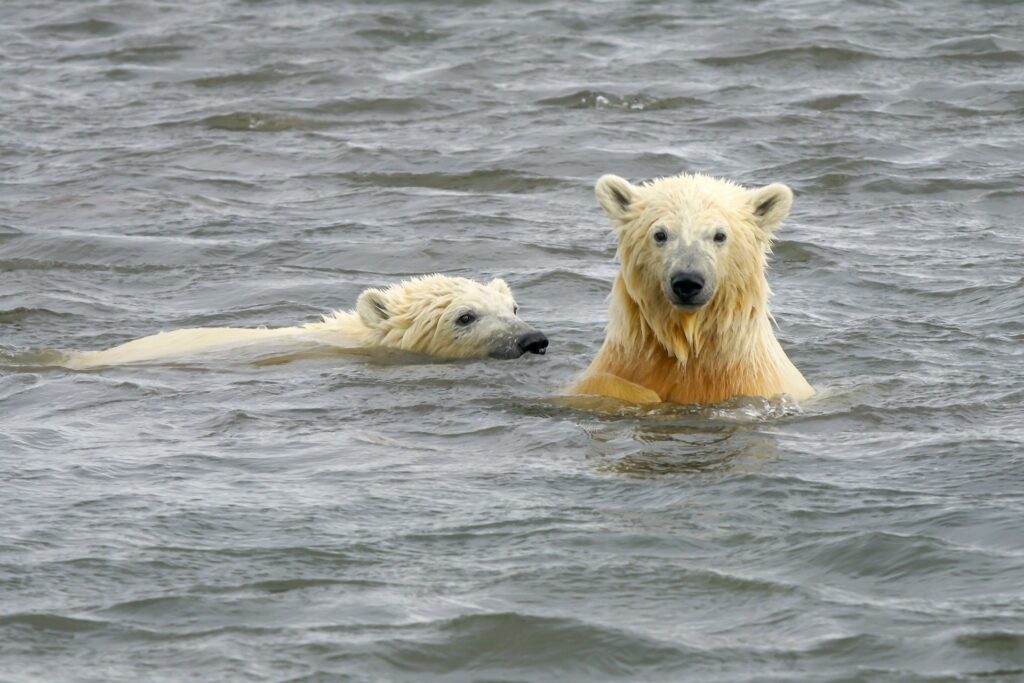
Despite the work being done, many scientists and activists argue that efforts are not moving fast enough. Protecting polar bears without aggressively addressing climate change is like patching a sinking ship with duct tape.
There’s also tension around balancing Indigenous rights and conservation. Indigenous communities in the Arctic have hunted polar bears sustainably for generations. Conservation strategies must respect Indigenous knowledge, culture, and livelihoods—something that hasn’t always been done well in the past.
Hope on the horizon?
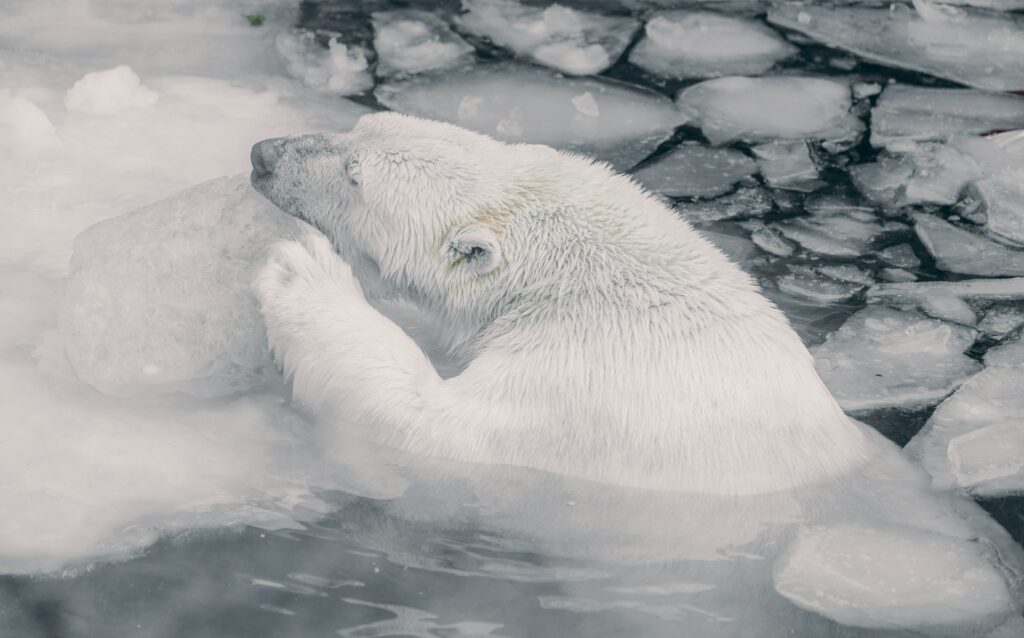
It’s not all bleak. Some polar bear populations, particularly in the high Arctic, remain stable. Ongoing research is giving us a better understanding of what these animals need to survive. New technologies are making it easier to monitor them non-invasively. And climate awareness is growing around the world.
What’s needed now is commitment. Political will. A genuine shift in how we value the Arctic, not just as a place for resources or shipping routes, but as a home to one of the planet’s most iconic and imperilled species.
What you can do
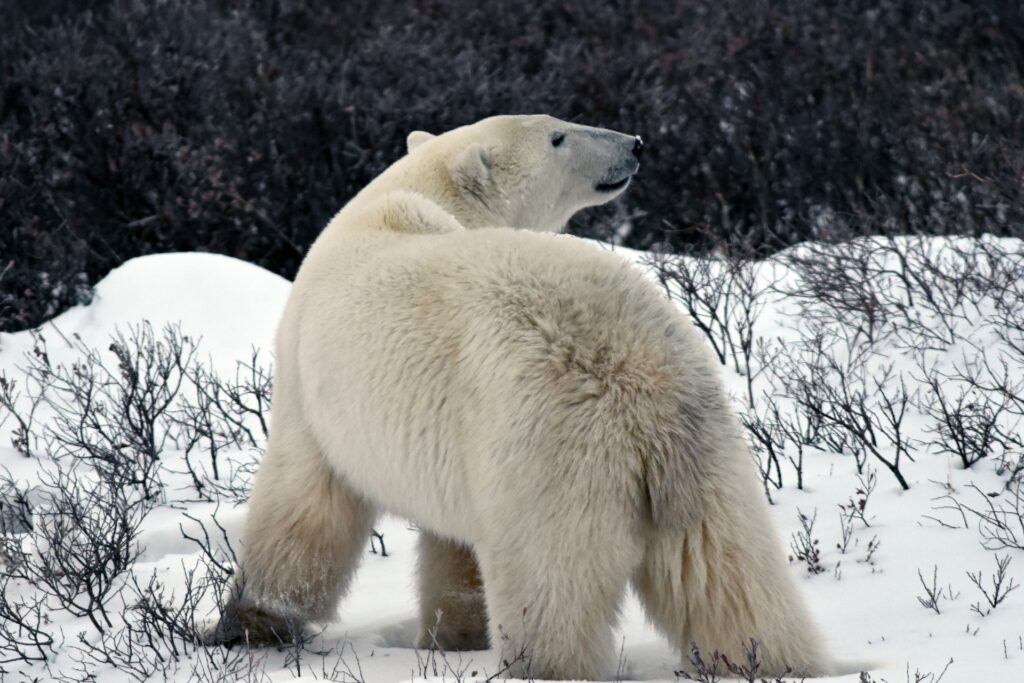
You might not live near the Arctic, but your actions still matter. Here’s how you can help:
Support organisations like Polar Bears International, WWF Arctic, and Greenpeace.
Reduce your carbon footprint: use public transport, switch to renewable energy if you can, eat less meat, and consume mindfully.
Stay informed and talk about it. The more people understand what’s at stake, the more pressure we can put on governments and industries to change.
Saving polar bears isn’t just about saving a species. It’s about facing up to what climate change is doing to our planet, and choosing to do something about it. Every bit of action counts, and every degree of warming we prevent helps give them a better shot at survival. They’re not just icons of the Arctic. They’re reminders of what we stand to lose, and what’s still worth fighting for.